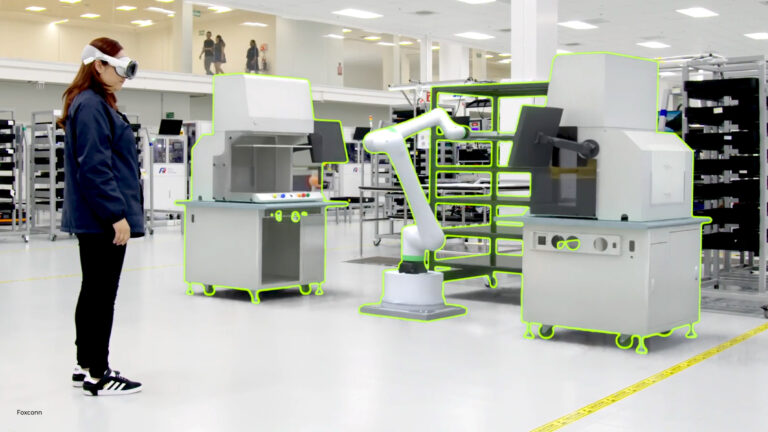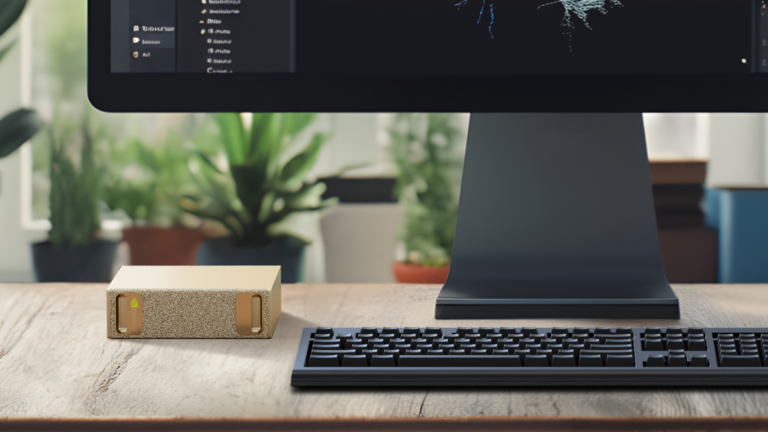In the fast-evolving landscape of AI, it’s becoming increasingly important to develop models that can accurately simulate and predict outcomes in physical, real-world environments to enable the next generation of physical AI systems. Ming-Yu Liu, vice president of research at NVIDIA and an IEEE Fellow, joined the NVIDIA AI Podcast to discuss the significance of
Read Article
 Generative AI has evolved from text-based models to multimodal models, with a recent expansion into video, opening up new potential uses across various…
Generative AI has evolved from text-based models to multimodal models, with a recent expansion into video, opening up new potential uses across various…
Generative AI has evolved from text-based models to multimodal models, with a recent expansion into video, opening up new potential uses across various industries. Video models can create new experiences for users or simulate scenarios for training autonomous agents at scale. They are helping revolutionize various industries including robotics, autonomous vehicles, and entertainment.
Generative AI and foundation models let autonomous machines generalize beyond the operational design domains on which they’ve been trained. Using new AI techniques such as tokenization and large language and diffusion models, developers and researchers can now address longstanding hurdles to autonomy. These larger models require massive amounts of diverse data for training, fine-tuning and
Read Article
CES—NVIDIA announced today that Toyota, Aurora and Continental have joined the list of global mobility leaders developing and building their consumer and commercial vehicle fleets on NVIDIA …
NVIDIA today announced that its autonomous vehicle (AV) platform, NVIDIA DRIVE AGX™ Hyperion, has passed industry-safety assessments by TÜV SÜD and TÜV Rheinland — two of the industry’s…
CES—NVIDIA today unveiled NVIDIA® Project DIGITS, a personal AI supercomputer that provides AI researchers, data scientists and students worldwide with access to the power of the NVIDIA Grace …
According to Gartner, the worldwide end-user spending on all IT products for 2024 was $5 trillion. This industry is built on a computing fabric of electrons, is fully software-defined, accelerated — and now generative AI-enabled. While huge, it’s a fraction of the larger physical industrial market that relies on the movement of atoms. Today’s 10
Read Article
 General-purpose humanoid robots are built to adapt quickly to existing human-centric urban and industrial work spaces, tackling tedious, repetitive, or…
General-purpose humanoid robots are built to adapt quickly to existing human-centric urban and industrial work spaces, tackling tedious, repetitive, or…
General-purpose humanoid robots are built to adapt quickly to existing human-centric urban and industrial work spaces, tackling tedious, repetitive, or physically demanding tasks. These mobile robots are designed to naturally excel in human-centric environments, making them increasingly valuable from the factory floor to healthcare facilities. Imitation learning, a subset of robot learning…
 Spatial computing experiences are transforming how we interact with data, connecting the physical and digital worlds through technologies like extended reality…
Spatial computing experiences are transforming how we interact with data, connecting the physical and digital worlds through technologies like extended reality…
Spatial computing experiences are transforming how we interact with data, connecting the physical and digital worlds through technologies like extended reality (XR) and digital twins. These advancements are enabling more intuitive and immersive ways to analyze and understand complex datasets. This post explains how developers can now engage with Universal Scene Description (OpenUSD)-based…
 Powered by the new GB10 Grace Blackwell Superchip, Project DIGITS can tackle large generative AI models of up to 200B parameters.
Powered by the new GB10 Grace Blackwell Superchip, Project DIGITS can tackle large generative AI models of up to 200B parameters.
Powered by the new GB10 Grace Blackwell Superchip, Project DIGITS can tackle large generative AI models of up to 200B parameters.
